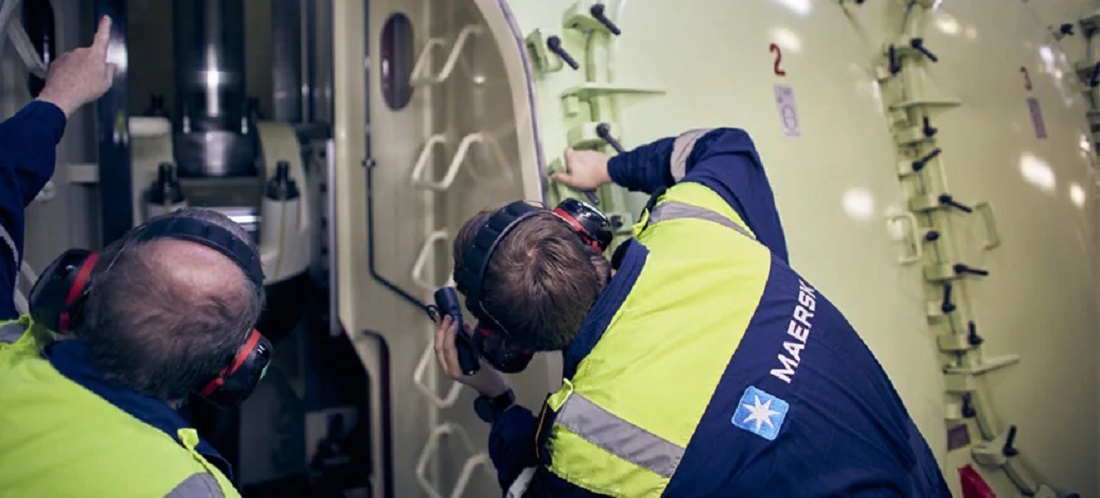
The multi-fuel future of maritime freight
May, 03, 2023 Posted by Gabriel MalheirosWeek 202321
As one of the most difficult sectors to decarbonize, the maritime industry has a fruitful multi-fuel future ahead. Many carriers are preparing their fleets to run simultaneously on bunker oil/biodiesel, methane, methanol, and ammonia – a radical change in terms of supply diversity.
The conclusion is based on a survey conducted by the Global Maritime Forum, the Global Center for Maritime Decarbonisation, the Maersk Mc-Kinney Møller Center for Zero Carbon Shipping, and McKinsey & Company. The companies surveyed account for 20% of the market.
While a third of respondents say they “don’t know” what fuel types they expect their fleets to operate on in 2030 and 2050, the other two-thirds have mixed expectations.
For the most part, green ammonia, biodiesel and fuel oil lead the way, followed by blue ammonia, liquefied natural gas (LNG), e-methanol, biomethanol, biomethane, and e-methane.
Experimentation
This is a time for experimentation and the formation of partnerships. Adopting new energy sources means a high volume of investments – from research to forming supply networks, passing through fleet modernization, and structuring an entire low-carbon fuel industry.
Currently, 46% of the companies polled (12 respondents) say they have run pilot programs involving one or more low-carbon fuels and have plans for future implementation. However, another 35% (nine respondents) did nothing in this regard.
“The industry will need to think strategically about how to operate multi-fuel fleets, while green fuels must be introduced safely and cost-effectively to make them the preferred alternative to current petroleum-based products,” explains Bo Cerup-Simonsen, CEO of Maersk Mc-Kinney Møller Center for Zero Carbon Shipping
Long live combustion
Other research findings indicate that internal combustion engines will continue to be the preferred technology in the industry until 2050 and that the cost difference between fossil fuels and the degree of availability in ports worldwide will determine the adoption rate of renewable energy sources.
“Ports and bunker suppliers may prioritize short-term availability of particular fuels. But, in the long term, ports that want to attract as many vessels as possible must prepare to offer various fuel types,” says the study.
Closing the gap
The rate of decarbonization required by regulators is one factor that can help close the cost gap between greens and fossils and create a “level playing field” for companies.
For more than 80% of respondents, increased availability of alternative fuels, cost reduction, customer willingness to pay a “green premium,” and regulatory change are the top four factors likely to determine the outcome of the transition.
Responsible for 90% of all global trade, maritime transport accounts for around 3% of greenhouse gas (GHG) emissions. The commitment of the International Maritime Organization (IMO) is to cut that volume in half by 2050.
Source: EPBR
To the original news story, please visit: https://epbr.com.br/o-futuro-multicombustivel-do-transporte-maritimo/
-
Economy
Jan, 26, 2021
0
3rd week of January trade balance registers US$ 0.824 billion deficit
-
Nov, 25, 2021
0
In new decision, TRF4 confirms dredging of the Palangana stones, at Paranaguá
-
Shipping
Sep, 09, 2021
0
In a new incident, ship blocks passage in the Suez Canal
-
Port Rankings
Oct, 26, 2022
0
Ranking of Ports | Jan-Aug 2022 to Jan-Aug 2021 | Brazil and Plate



